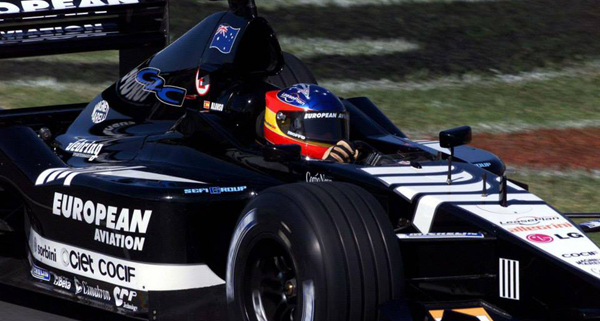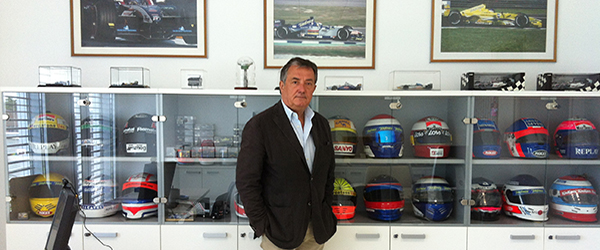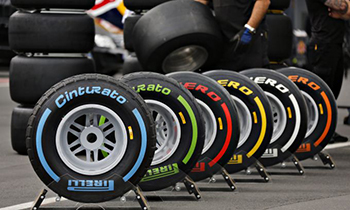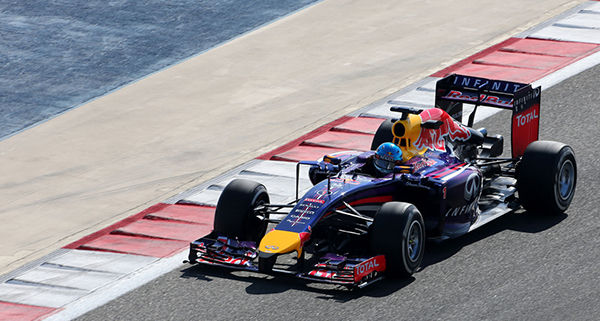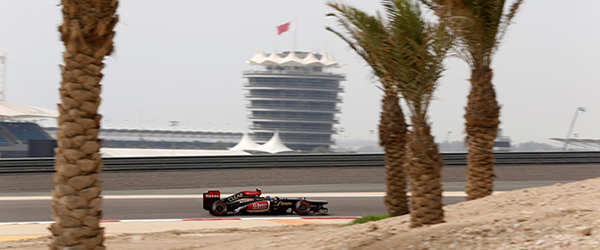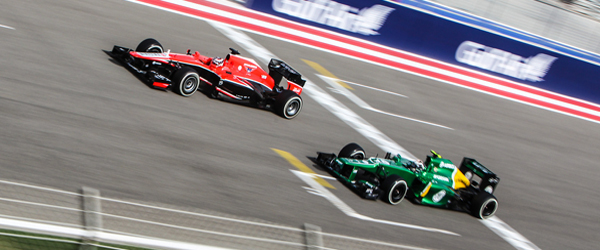Which scenarios are in store?
It’s time for the week of the second race of Formula 1 World Championship, that will take place in Malaysia, on the circuit of Sepang, Kuala Lumpur.
In the cold light of day, we can start giving some explanations on the episodes that marked the first race in Australia, in particular what happened after the race, with the exclusion of Daniel Ricciardo and Red Bull determined by their breaching of Article 5.1.4 of Technical Regulations and Article 3.2 of Sporting Regulations.
“Ignoring the warnings of the FIA Sporting Representatives, it’s clear that Red Bull has consciously triggered an arm wrestling that needs to be monitored, because done on purpose by RB itself”, Gian Carlo Minardi says in his analysis. “In my opinion, if Ricciardo had respected the limit of maximum consumption fixed by the Technical regulations at 100kg/hour, at worse he would have closed the race after Kevin Magnussen, therefore in third place”, the manager from Faenza goes on. “Whereas, with their choices, they are risking to compromise a second place and the first points of the World Championship. The disqualification punctually was stated, even though the Milton Keynes team appealed the decision. Sincerely, it’s hard to understand this behaviour, unless they’ve decided to force the hand in order to gather attention and open the discussion on a technical issue, taking advantage of a weak point of FIA regarding the fuel sensor”.
In the last days, Team principal of Minardi Team F1 focused on how unlikely is a positive response of the appeal for the team of Horner: they actually infringed two rules, breaching both the Technical and the Sporting Regulations. In particular, the Article 3.2 of Sporting Regulations verbatim states: “ [..] Competitors must ensure that their cars comply with the conditions of eligibility and safety throughout practice and the race”. Not only RB ignored a precise sporting disposition coming from FIA: in that moments, car #3 didn’t respected the conditions of “eligibility and safety throughout practice and the race” necessary to compete in a Formula 1 Grand Prix.
 As we know, Red Bull Racing’s appeal will be discussed by FIA on April 14th, in Paris, after the Gran Prix of Malaysia and Bahrain. “At this point, which scenarios might be in store? Knowing the weaknesses of the system, a possibility is the triggering of radio discussions between Team and Sporting Representatives to throw into crisis the device”, Gian Carlo Minardi points out. “While there has not been, as far as now, any official stance by Team Principals in favour or disfavour of RB, the Federation President, Jean Todt, in an interview with TG1 RAI, committed himself declaring: ‘[..] The proposal of 100 kg/hour came directly from the World Championship participants, but there’s no problem if they want 110 kg/hour [..]’.
As we know, Red Bull Racing’s appeal will be discussed by FIA on April 14th, in Paris, after the Gran Prix of Malaysia and Bahrain. “At this point, which scenarios might be in store? Knowing the weaknesses of the system, a possibility is the triggering of radio discussions between Team and Sporting Representatives to throw into crisis the device”, Gian Carlo Minardi points out. “While there has not been, as far as now, any official stance by Team Principals in favour or disfavour of RB, the Federation President, Jean Todt, in an interview with TG1 RAI, committed himself declaring: ‘[..] The proposal of 100 kg/hour came directly from the World Championship participants, but there’s no problem if they want 110 kg/hour [..]’.
No doubt, at this point the works for making changes to the Regulations have started”, Gian Carlo Minardi concludes.



